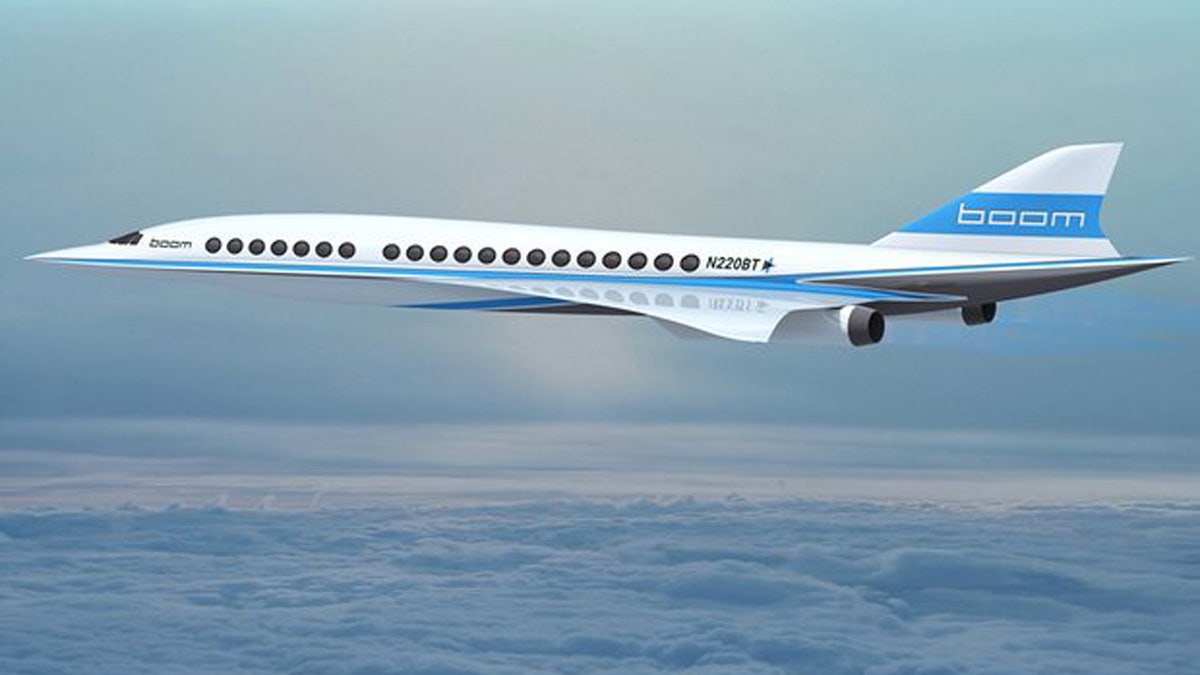
Faster than the Concorde?
Will commercial air passengers once again break the sound barrier?
It's been over 12 years since the last Concorde flight. Since then, there have been no serious attempts to resurrect the idea of supersonic passenger jets. Some airplane manufacturers, including Airbus, have been tinkering with projects, but nothing has piqued the airline industry’s interest.
That could soon change.
A small Colorado-based company called Boom has announced plans to build a supersonic jet that could potentially make it to the commercial market.
Why is Boom getting buzz?
There have been plenty of outlandish concepts for high speed jets over the past few years. Most require some sort of technology that has not been invented (or at least perfected) yet. Boom’s design, however, calls for materials and engines that are already on the market. It already has all the parts in the garage, so to speak, so it just needs to put them together.
Because of this, Boom will be able to build a prototype very quickly. The company already has planned out some of the details. The prototype will be a forty-seat jet that will be able to fly at Mach 2.2 (just shy of 1,500 mph). The Concorde, by the way, could fly at a top speed of Mach 2.04.
Boom’s jet will be made of lightweight carbon fiber composites. This means it will be lighter and therefore more fuel efficient than the gas-guzzling Concorde. The new materials also mean that it will be quieter.
Talented designers and major financial backing
Airlines are already interested. According to Boom, the Virgin Group has taken on an option to purchase 10 of Boom’s jets when they are ready for commercial production. Furthermore, Virgin’s space travel wing, Virgin Galactic, will be assisting with the prototype design.
There is plenty of talent connected to the project as well. Some of Boom’s chief designers have worked on fighter jets, while others have a wealth of experience designing commercial airliners. The head aerodynamics expert at Boom has spent a good deal of time working for both NASA and Gulfstream.
So Boom’s buzz comes from the fact that it is connected to a large amount of funding, and it has some of the most talented people in the aircraft design field working on the project.
It's not science fiction
Boom CEO Blake Scholl, a pilot and former Amazon.com executive, explains why his idea is better than similar supersonic jet projects currently in the works at places like Airbus and Lockheed Martin: “This isn’t science fiction. (It would be) if I was telling you it was going to go Mach 4 — but, I’m not. We’re not using any technology that doesn’t already exist, it is just putting it together in the right way. It will still be tested rigorously.”
Scholl is also touting the affordability of flying on Boom’s 40-seat jet. He claims that fuel costs and the size of the jet should mean that tickets will cost around $5,000, which is roughly the same as a business class fare. When adjusted for inflation, the Concorde fares averaged about $20,000.
On paper, Boom’s jet looks like a winner. The question is whether the company can execute the plan and actually deliver on the promise of low cost supersonic flights. It looks like we may only have to wait a few years to find out.
More from TravelPulse
10 Best Hotels for Experiencing Major League Baseball in 2016
First Look: 4 Terrifying Monsters from Universal Orlando’s Skull Island: Reign of Kong
What You Should Know if You're Traveling to Europe Today
3 Common Mistakes Every Traveler Makes, and How To Avoid Them
